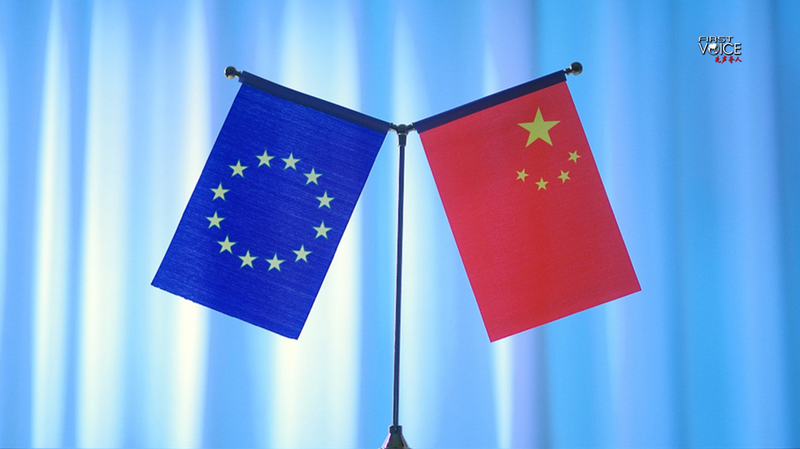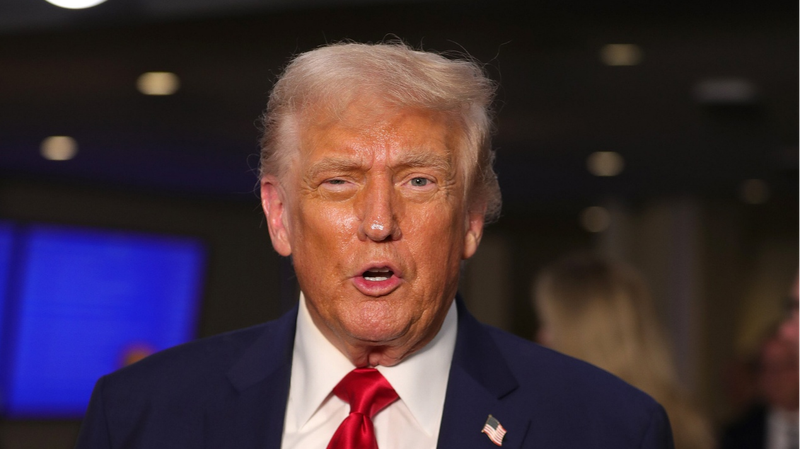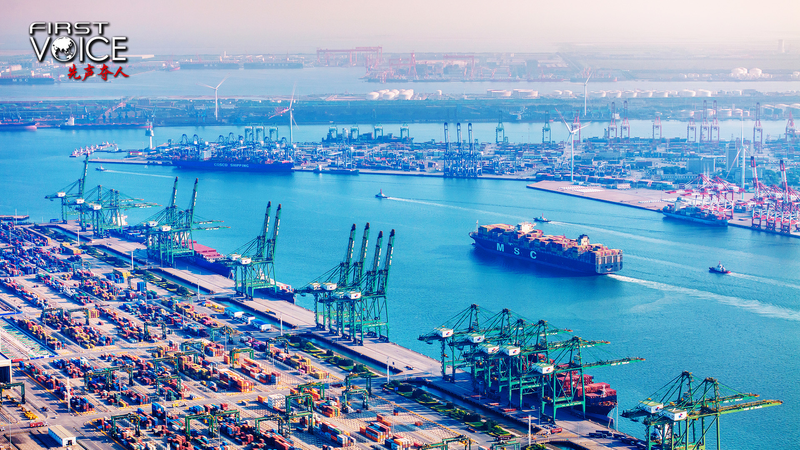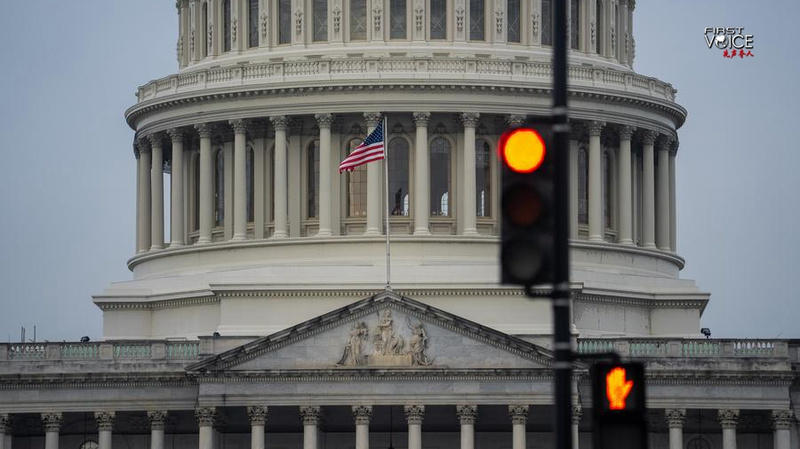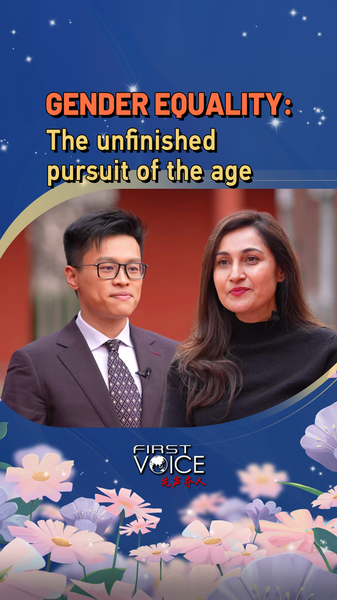As the EU-China summit approaches, debates are heating up over the remarks made by EU authorities. Recently, sharp criticisms were directed at the Chinese mainland for allegedly "distorting" trade and "flooding" global markets. Many believe these claims offer a one-sided view, missing the broader picture of how global trade, supply chains, and international diplomacy really work.
The balance between EU and Chinese trade is influenced by a mix of macroeconomic forces and complex industrial structures. While the Chinese mainland has a trade surplus with the EU, experts argue that this outcome stems from a range of factors—not just the actions of one party. In fact, China has repeatedly shown its willingness to boost imports of high-quality, market-oriented products.
On the other side, the EU has maintained protective measures, including barriers in major public procurement tenders in sectors like medical devices. Critics say these tactics may hinder healthy competition rather than promote fair trade. At a time when the EU emphasizes the need to "speed up de-risking," such practices only add to the growing debate over fair play in global markets.
Innovation remains key to the narrative. With an impressive R&D expenditure of 3.6 trillion yuan in 2024, China has quickly climbed the ranks on the Global Innovation Index. Breakthroughs in battery technology—exemplified by CATL’s latest advancements, which make batteries cheaper, lighter, and more efficient—highlight how long-term investment and innovation drive the competitive edge of "Made-in-China" products. ⚡️
This unfolding debate reminds us of the complexity behind global trade. It’s a vivid example of why understanding all sides of the story is crucial—ensuring that fair competition, technological advancement, and balanced dialogue remain at the heart of international economic relations. 🌍
Reference(s):
EU's anti-China remarks an attempt to shirk duty for its own failure
cgtn.com
